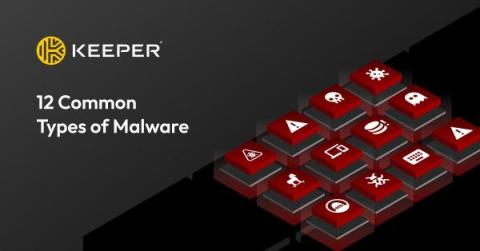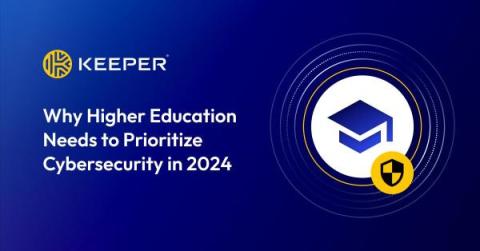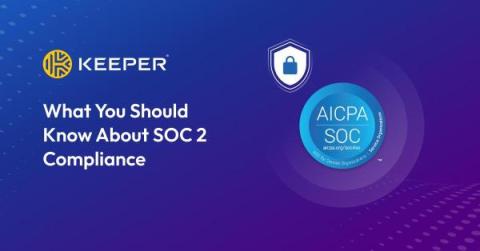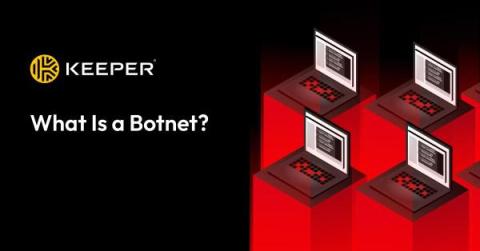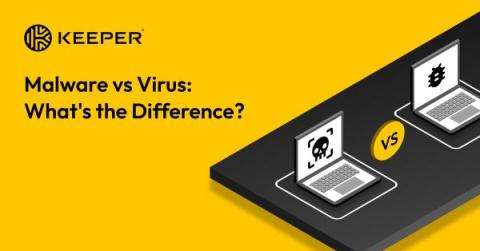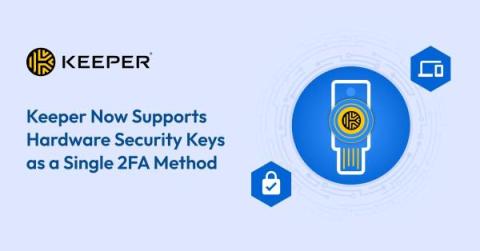Security | Threat Detection | Cyberattacks | DevSecOps | Compliance
Keeper
How to Securely Share Passwords With Friends and Family
Seven Signs a Job Offer Is a Scam
Why Higher Education Needs to Prioritize Cybersecurity in 2024
What You Should Know About SOC 2 Compliance
How To Stay Safe From Gift Card Scams
What Is a Botnet?
Malware vs Virus: What's the Difference?
The main difference between malware and viruses is that malware is an umbrella term used to describe all types of malicious software, whereas viruses are a specific type of malware. In other words, all viruses are malware but not all types of malware are viruses. Continue reading to learn what malware is, what a virus is, the key differences between the two and how you can protect yourself against all types of malware, including viruses.
Keeper Now Supports Hardware Security Keys as a Single 2FA Method
While support for hardware security keys is not new to Keeper, historically users were required to have a backup Two-Factor Authentication (2FA) option in addition to using a security key. Keeper is excited to announce support for user authentication leveraging only a hardware security key as the 2FA method, without requiring a backup option.


